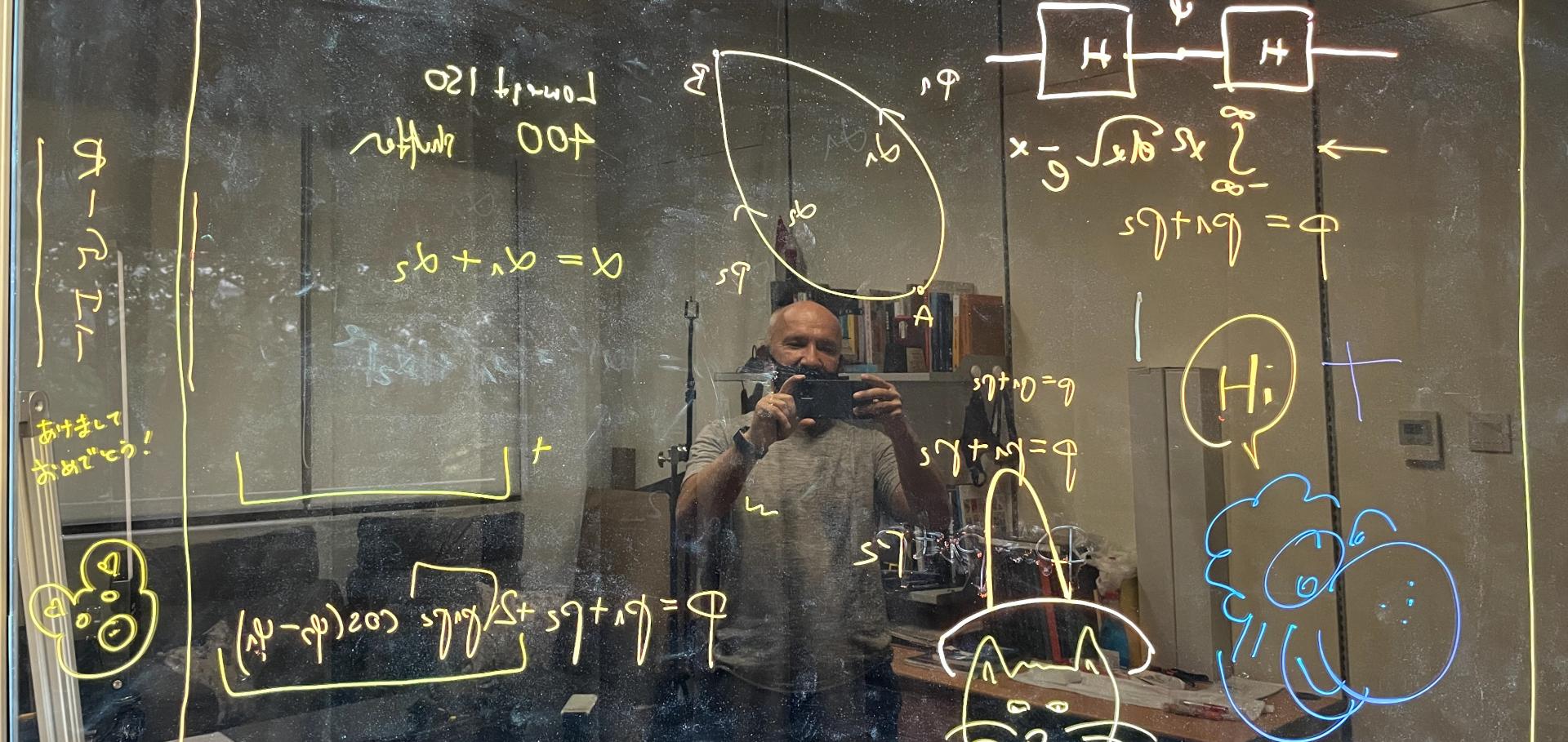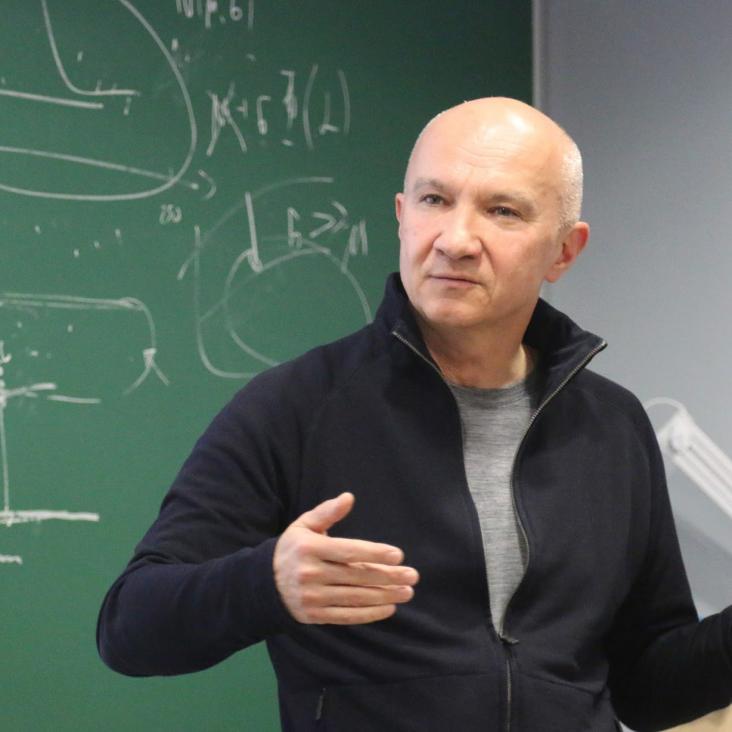Singularities of the mixed state phase (multiple letters)
Physical Review Letters 89:26 (2002)
Experimental detection of entanglement via witness operators and local measurements
ArXiv quant-ph/0210134 (2002)
Abstract:
In this paper we address the problem of detection of entanglement using only few local measurements when some knowledge about the state is given. The idea is based on an optimized decomposition of witness operators into local operators. We discuss two possible ways of optimizing this local decomposition. We present several analytical results and estimates for optimized detection strategies for NPT states of 2x2 and NxM systems, entangled states in 3 qubit systems, and bound entangled states in 3x3 and 2x4 systems.Experimental detection of entanglement via witness operators and local measurements
(2002)
Method for direct detection of quantum entanglement.
Phys Rev Lett 89:12 (2002) 127902
Abstract:
Basing on positive maps separability criterion we propose the experimentally viable, direct detection of quantum entanglement. It is efficient and does not require any a priori knowledge about the state. For two qubits it provides a sharp (i.e., "if and only if") separability test and estimation of amount of entanglement. We view this method as a new form of quantum computation, namely, as a decision problem with quantum data structure.Quantum entanglement and secrecy
Acta Physica Polonica B 33:8 (2002) 2069-2080


